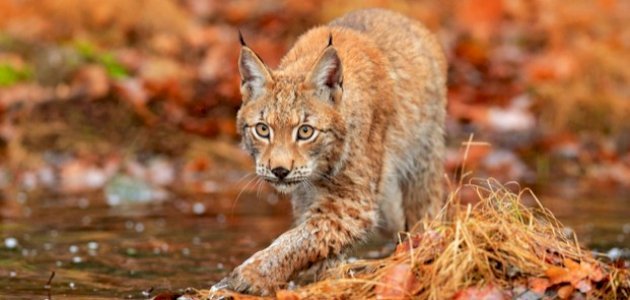
Introduction
Wild animals, especially predators like lions, tigers, wolves, and large reptiles, have always fascinated humans. Some people are even tempted to keep them as pets. However, while these animals may look majestic and powerful, they are not domesticated like dogs or cats. Handling wild animals requires knowledge, responsibility, and respect for their natural instincts. In this article, we will explore 7 smart ways to handle wild animals safely and responsibly, as well as the challenges of attempting to raise them in captivity.
1. Understand the Nature of Predatory Animals
Predators are born hunters. Lions, tigers, wolves, and crocodiles follow their instincts to hunt, defend territory, and survive. Unlike domesticated pets, they cannot simply “unlearn” their natural behaviors.
- Even if raised in captivity, predators retain their wild instincts.
- They may appear tame but can suddenly act aggressively.
- Understanding this nature is the first step in handling them responsibly.
2. The Risks of Keeping Predators as Pets
Some people try to raise wild animals in private homes or farms. While this might seem impressive, it is highly dangerous.
- Unpredictability: A lion cub may look cute, but as it grows, its strength and instincts can make it a threat.
- Legal issues: Many countries restrict or ban the private ownership of wild animals.
- Public safety: Escaped animals can harm humans, livestock, and other pets.
It is important to remember that predators are not pets—they are wild creatures requiring special environments.
3. Provide Proper Environments in Captivity
In zoos, sanctuaries, and wildlife reserves, experts provide controlled environments for predators. If wild animals must be kept in captivity, they need:
- Large enclosures to roam and exercise.
- Proper diet that matches their natural food requirements.
- Veterinary care specialized in exotic and wild species.
- Enrichment activities to stimulate their minds and reduce stress.
Captivity without these conditions often leads to poor health and aggressive behavior.
4. Safety Guidelines for Handling Wild Animals
If you work with wild animals as a zookeeper, trainer, or researcher, safety must come first.
- Always maintain a safe distance and never turn your back on a predator.
- Use protective barriers such as cages, glass walls, or fences.
- Work in teams, never alone, when entering predator enclosures.
- Avoid direct physical contact unless absolutely necessary.
Safety rules protect both humans and the animals from harm.

5. The Importance of Respect and Boundaries
Respecting wild animals means understanding their space and instincts.
- Do not treat predators like domestic pets.
- Recognize their warning signs: growling, tail movement, or aggressive stares.
- Give them space when they show discomfort or stress.
Respecting boundaries reduces accidents and builds a healthier relationship between humans and wildlife.
6. Ethical Concerns of Raising Wild Predators
There is a growing debate about the ethics of keeping wild predators in captivity.
- Animal welfare: Wild animals often suffer in captivity, lacking freedom and natural behavior.
- Conservation concerns: Captive animals rarely contribute to wild population recovery.
- Entertainment vs. protection: Some facilities exploit animals for profit instead of protecting them.
Instead of keeping predators as personal pets, supporting sanctuaries and conservation programs is a more ethical choice.
7. Safer Alternatives for Animal Lovers
For people fascinated by predators, there are safer and more responsible ways to engage with them.
- Visit wildlife sanctuaries and national parks to observe animals in natural environments.
- Support conservation organizations that protect habitats and endangered species.
- Volunteer or work in authorized facilities that care for rescued wild animals.
These alternatives allow people to appreciate predators without risking human lives or animal welfare.
Conclusion
Handling wild animals, especially predators, is a task that requires caution, respect, and responsibility. While they may inspire admiration, predators are not meant to be domesticated. The risks of raising them as pets outweigh the benefits, and their natural instincts make them unpredictable and dangerous in human environments.
By respecting their space, supporting conservation, and engaging with them responsibly, humans can coexist with wild animals in a way that benefits both sides. In the end, the smartest way to handle predators is not to own them but to protect their natural habitats and admire them from a safe distance.
